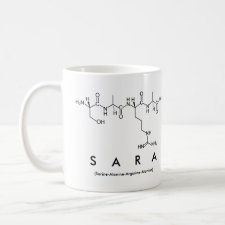
Authors: Casey CN, Campbell SE, Gibson UJ
Article Title: Phenylalanine detection using matrix assisted pulsed laser evaporation of molecularly imprinted amphiphilic block copolymer films.
Publication date: 2010
Journal: Biosensors and Bioelectronics
Volume: 26
Issue: (2)
Page numbers: 703-709.
DOI: 10.1016/j.bios.2010.06.060
Abstract: Matrix assisted pulsed laser evaporation was used to deposit molecularly imprinted polymer films of an amphiphilic block copolymer imprinted with an amino acid. This method avoids the need for a common solvent for host and template, and permits fabrication of layers with controlled thicknesses in the nanometer range. Polystyrene-block-polyethylene oxide copolymer and phenylalanine template were co-deposited onto surface plasmon resonance (SPR) sensors from a water/toluene emulsion. FTIR confirmed removal and reintroduction of phenylalanine, and SPR measurements were ued for quantitative analysis. A binding ratio of more than 10 was obtained for phenylalanine on imprinted sensors vs. the non-imprinted control surfaces of the same polymer, and a detection limit of 0.5 mM phenylalanine was established. Exposure of sensors to alanine, glutamine, tryptophan, and tyrosine demonstrated that the sensors were highly specific
Template and target information: phenylalanine
Author keywords: molecularly imprinted polymer, Matrix assisted pulsed laser evaporation, phenylalanine, surface plasmon resonance, Amino acid detection



Join the Society for Molecular Imprinting

New items RSS feed
Sign-up for e-mail updates:
Choose between receiving an occasional newsletter or more frequent e-mail alerts.
Click here to go to the sign-up page.
Is your name elemental or peptidic? Enter your name and find out by clicking either of the buttons below!
Other products you may like:
 MIPdatabase
MIPdatabase









